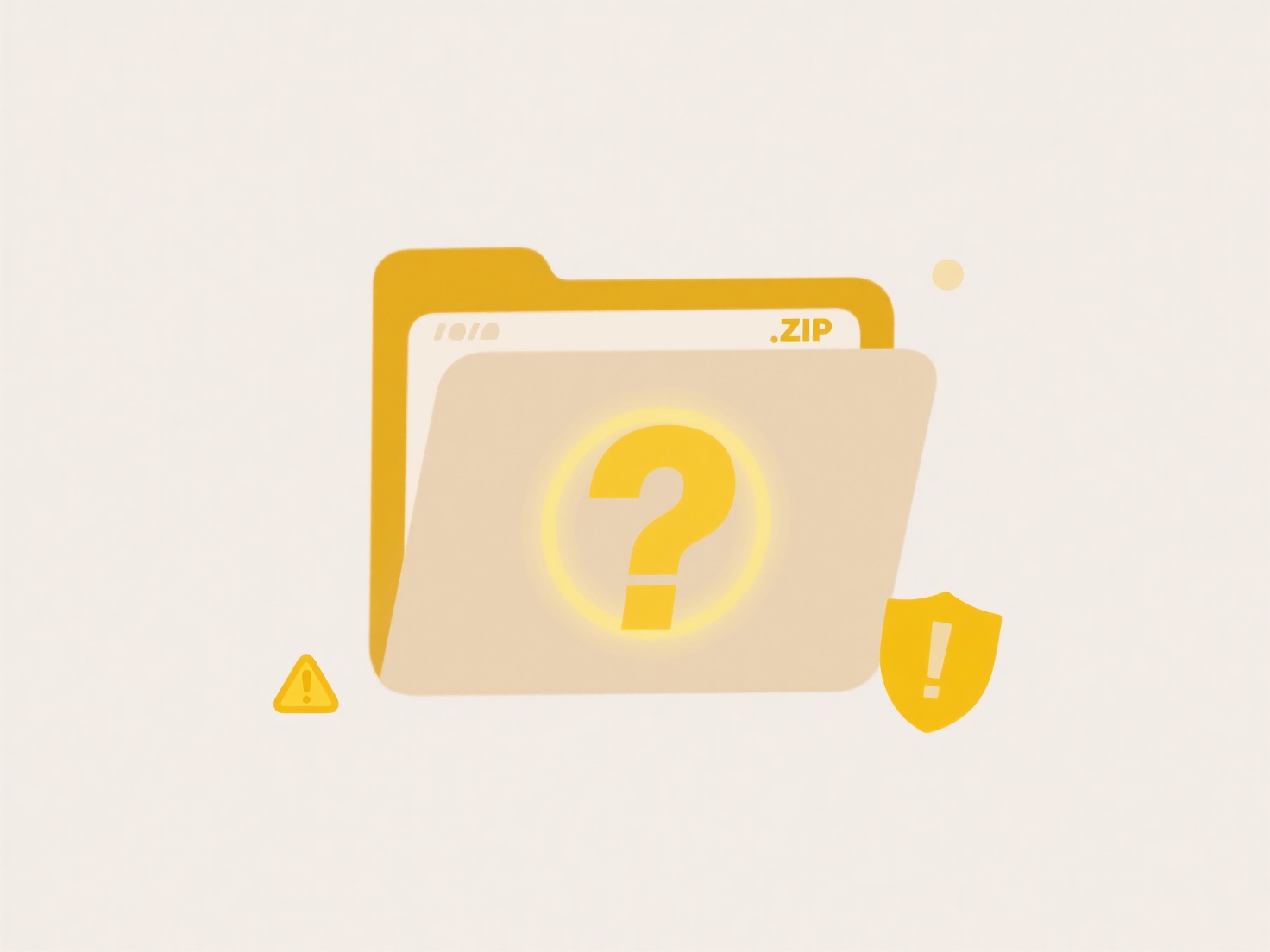
Naming user-uploaded files consistently and securely is crucial for website functionality. The best approach involves generating a unique identifier (like a UUID) for the filename and appending the sanitized original name. This differs from relying solely on the original filename, which risks conflicts, security vulnerabilities from special characters, or messy inconsistent naming. Sanitization removes problematic characters like /, \, :, or code snippets, ensuring safe storage. Combining uniqueness and sanitization ensures files are stored reliably without overwriting or introducing security holes.
For example, a hotel booking site could generate a UUID like a1b2c3d4 and append a cleaned version of the user's passport scan (a1b2c3d4_passport.jpg). This unique name prevents other guests' files from overwriting each other in a shared folder. Internally, a healthcare portal might store patient reports using a patient ID followed by a timestamp (PT789_20231015_lab-result.pdf), aiding quick retrieval while maintaining confidentiality by avoiding original filenames in shared storage locations.

This method ensures uniqueness and enhances security significantly. While it guarantees files coexist safely, it relies on storing the original user-provided name (or a cleaned version) in a database for user comprehension. This requires extra metadata management. Always validate file types and contents on upload for additional security. Future enhancements might involve intelligent extraction of descriptive metadata for tagging alongside the unique filename.
What’s the best way to name user-uploaded files on a website?
Naming user-uploaded files consistently and securely is crucial for website functionality. The best approach involves generating a unique identifier (like a UUID) for the filename and appending the sanitized original name. This differs from relying solely on the original filename, which risks conflicts, security vulnerabilities from special characters, or messy inconsistent naming. Sanitization removes problematic characters like /, \, :, or code snippets, ensuring safe storage. Combining uniqueness and sanitization ensures files are stored reliably without overwriting or introducing security holes.
For example, a hotel booking site could generate a UUID like a1b2c3d4 and append a cleaned version of the user's passport scan (a1b2c3d4_passport.jpg). This unique name prevents other guests' files from overwriting each other in a shared folder. Internally, a healthcare portal might store patient reports using a patient ID followed by a timestamp (PT789_20231015_lab-result.pdf), aiding quick retrieval while maintaining confidentiality by avoiding original filenames in shared storage locations.

This method ensures uniqueness and enhances security significantly. While it guarantees files coexist safely, it relies on storing the original user-provided name (or a cleaned version) in a database for user comprehension. This requires extra metadata management. Always validate file types and contents on upload for additional security. Future enhancements might involve intelligent extraction of descriptive metadata for tagging alongside the unique filename.
Related Recommendations
Quick Article Links
How do I deal with legacy files with outdated naming styles?
Dealing with legacy files with outdated naming styles involves identifying files named inconsistently (e.g., using space...
What is a secure way to send sensitive files?
Secure file transfer involves transmitting sensitive data while protecting it from unauthorized access or interception. ...
Why does the archive say “corrupted”?
The "corrupted" message indicates an archive file (like ZIP, RAR, 7z) has become damaged or altered, making its contents...